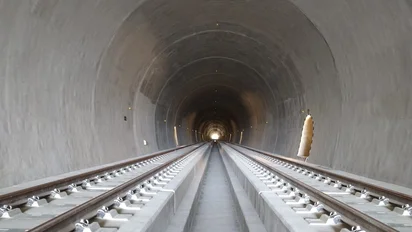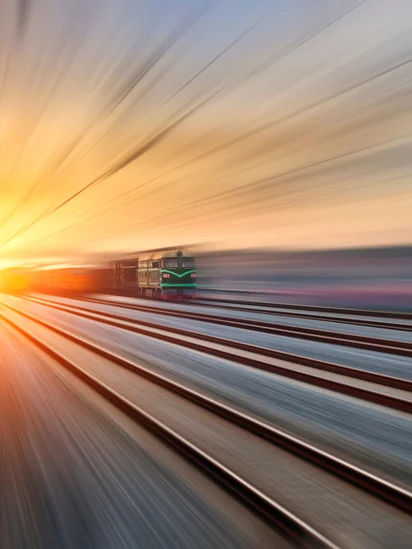Among all types of public transport, traveling by rail is the most environmentally friendly option – a low-emission and energy-efficient alternative to road and air transport. Recognizing its central role in combating climate change and securing future mobility, governments worldwide are increasingly investing in the expansion and modernization of national and international rail networks. These investments aim not only to reduce the CO2 footprint, but also to create more resilient, better-connected, and accessible transportation infrastructures for future generations.
New Framework for Railway Infrastructure
Just a few decades ago, the main focus in railway infrastructure was on operational efficiency and cost security. Today, additional criteria have emerged: climate change, increasing urbanization, stricter environmental regulations, and the expectation for more robust and resilient systems. Especially in densely populated areas and extreme environmental zones, it becomes evident how much infrastructure is exposed to physical conditions. Rail transport is expected to deliver more, cause less disturbance, and simultaneously last longer. This calls for new solutions to resolve these conflicting goals.
These “Public Environmental Issues” – environmental problems in the railway sector that attract particular public attention – should not be viewed in isolation. Noise, corrosion, and vibrations interact and must be addressed systemically. The needs of rail network operators are evolving.


